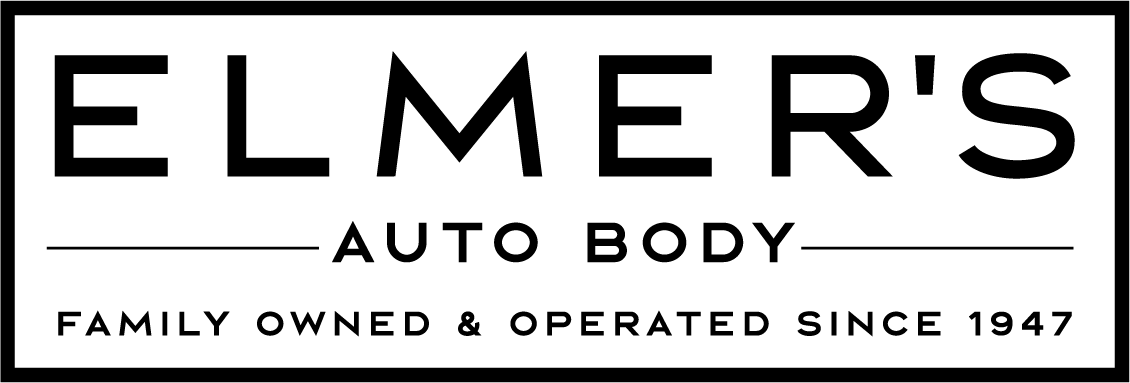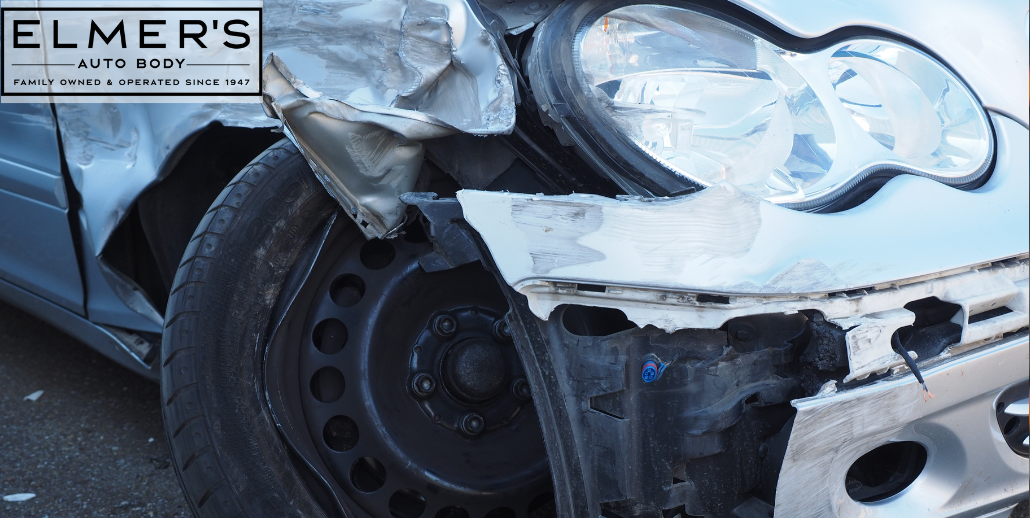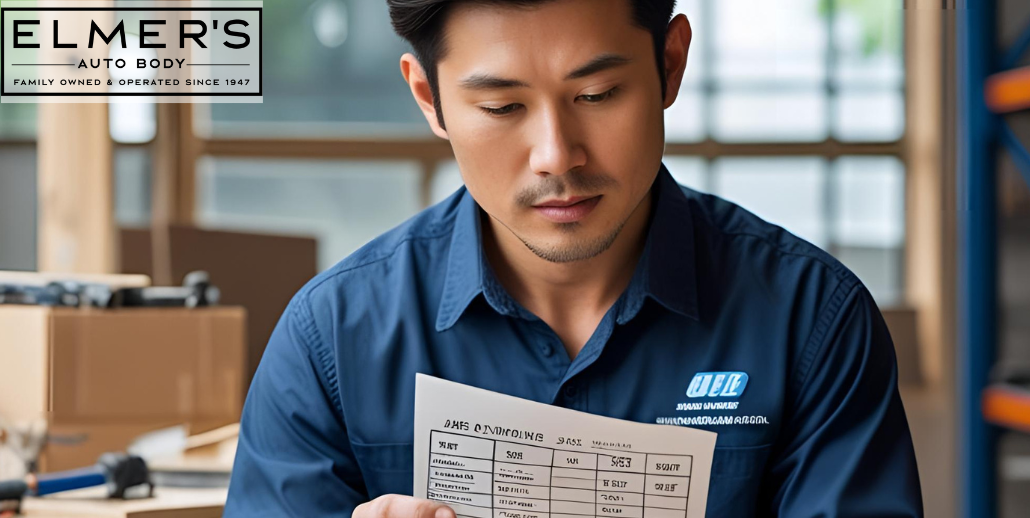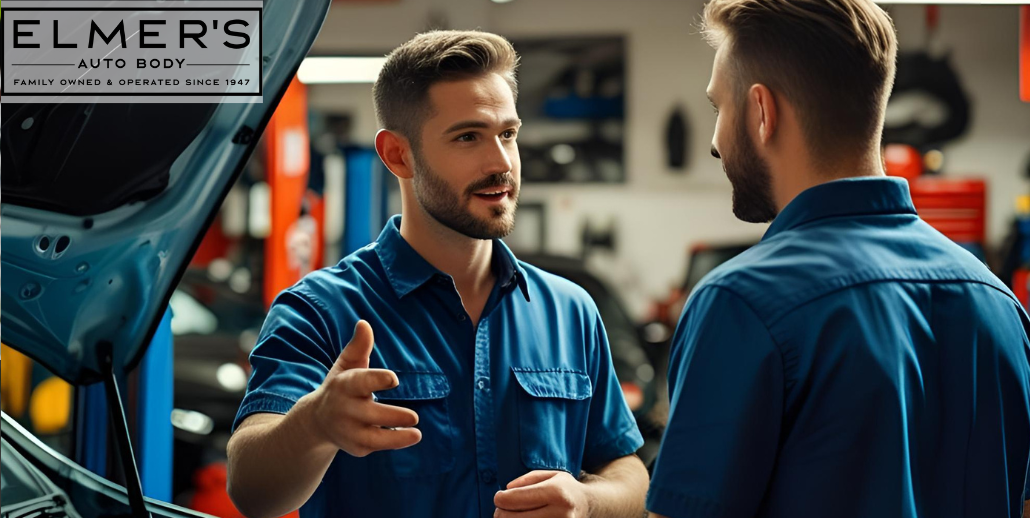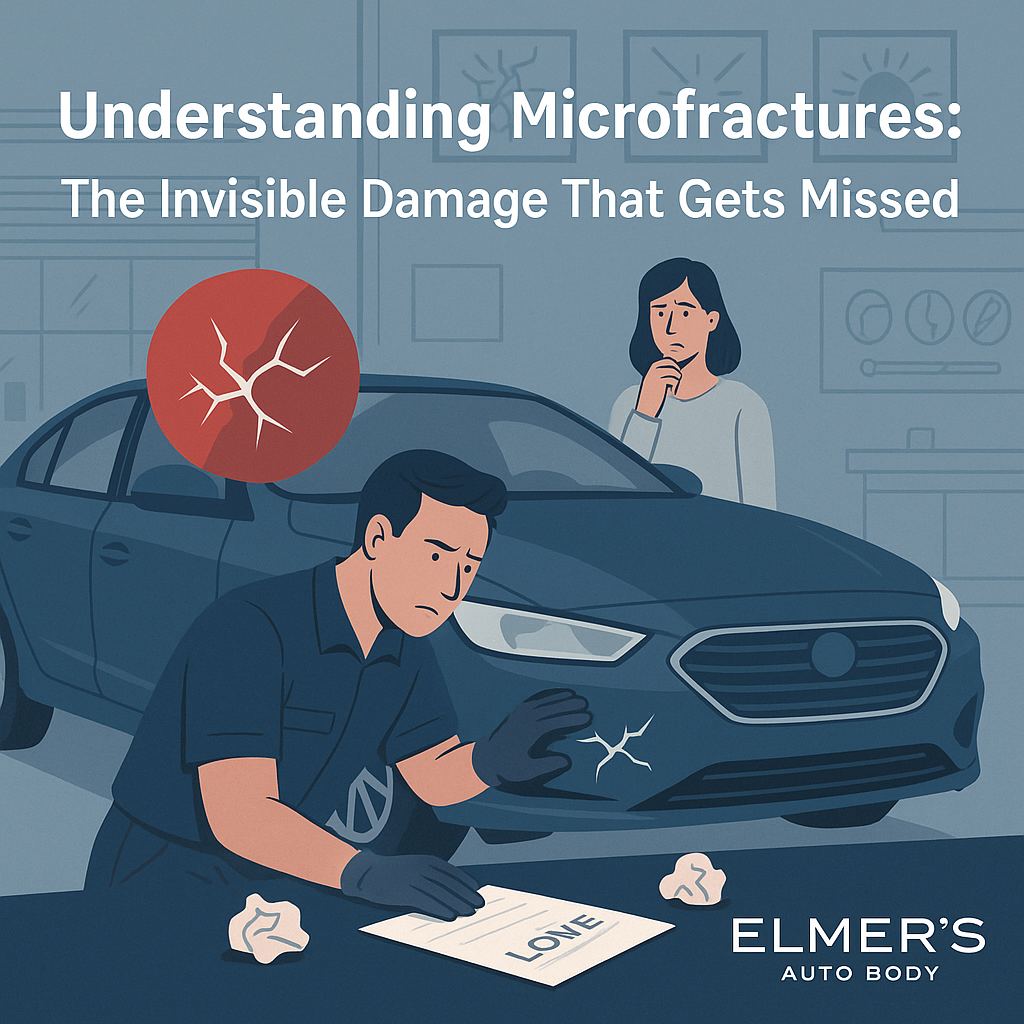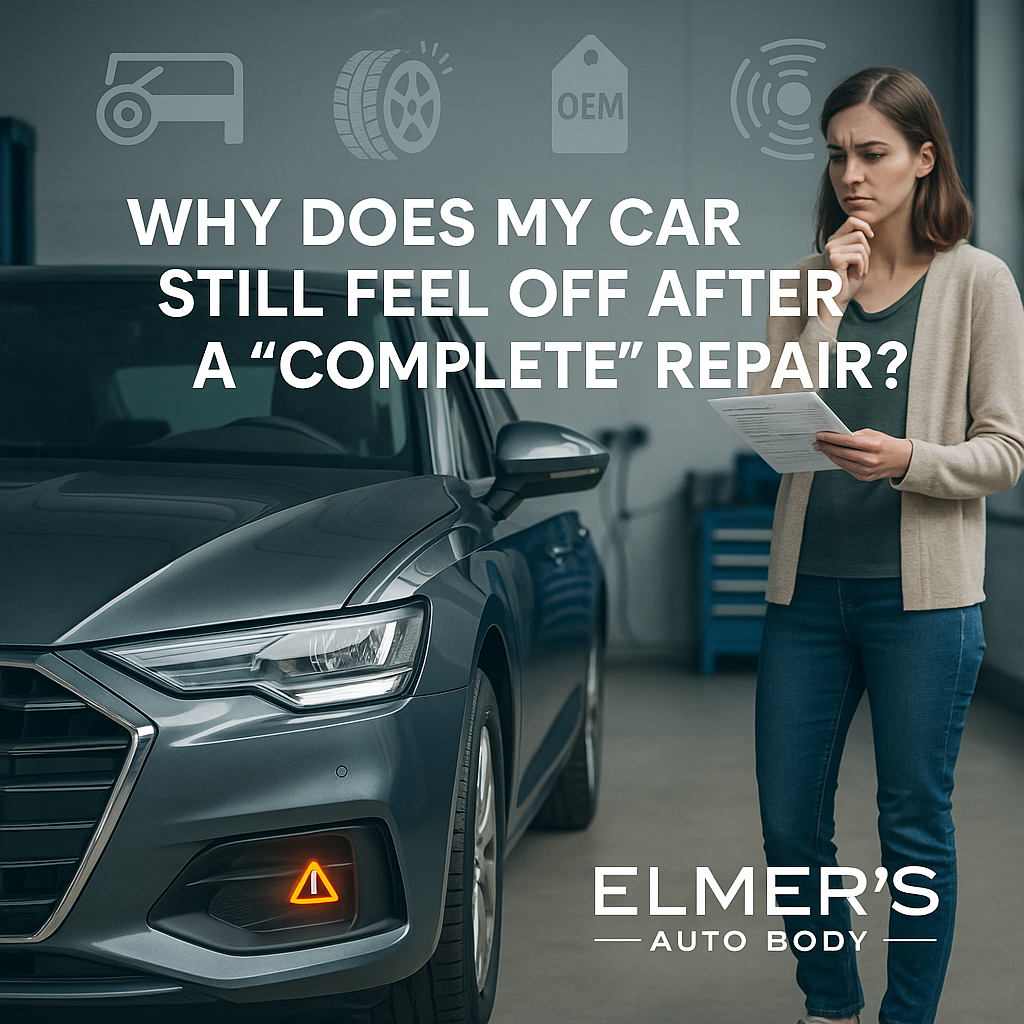After a car accident in New Jersey, your insurance company may “recommend” you to a specific auto body shop in their network. This is often called a Direct Repair Program Shop, or DRP shop. But what if you don’t want to go there? What if the reviews aren’t sitting well with you? Good news: You don’t have to go where the insurance company tells you. Here’s what every South Jersey driver should know about DRP shops, your rights under New Jersey law, and how to protect your vehicle, your wallet, and your peace of mind.
Key Takeaways: What to Do If Your Insurance Sends You to a DRP Shop
- ✅ In New Jersey, you have the legal right to choose your auto body shop.
- ✅ DRP (Direct Repair Program) shops may prioritize insurance interests, not your vehicle’s longevity or safety.
- ✅ Elmer’s Auto Body uses OEM parts and certified repair methods—we work for you, not the insurance company.
- ✅ Insurance must still cover repairs at the shop of your choice, as long as estimates are reasonable.
- ✅ We’ll help handle insurer communication and justification, so you’re never alone in the process.
What is a DRP Shop?
As mentioned previously, DRP stands for “Direct Repair Program.” DRP is a network of auto body shops that have agreements with insurance companies to perform repairs according to pre-negotiated terms. Insurance companies often recommend DRP shops because:
- Labor and parts cost may be lower for the insurance company
- Repairs are often completed quickly
- Direct lines of communication with the insurer
However, what benefits the insurer may not always benefit you, especially when it comes to quality, parts, and thoroughness.
You Don’t Have to Choose Direct Repair Program Shops
In New Jersey, insurance companies can only recommend a Direct Repair Program shop. However, you do not have to require you to use a specific repair shop. According to the New Jersey Department of Banking and Insurance, you have the right to choose where to take your vehicle for repairs. So if you want to choose Elmer’s Auto Body in Sewell, Medford, or Mt. Ephraim, your insurance provider can’t tell you otherwise.
Furthermore, if you go first with a DRP shop and then decide to go somewhere else because the service didn’t meant your expectations, you can do that as well. We’ll help!
Why You Might Want to Avoid a DRP Shop
Not every DRP shop is going to do poor work on your repair. However, the system is designed to serve the insurance provider’s interest, not yours. DRP shops may even cut corners on repairs to save on the cost. Here’s some methods used to make repairs cheaper for insurers:
- Use of non-OEM or recycled parts
- Rushed repairs to meet timelines
- Skipping essential structural scans
- Missing ADAS recalibrations
- Inconsistent communication and low transparency
At Elmer’s Auto Body, we don’t have a DRP agreement with insurance providers, but we do maintain good relationships with many. We work for our clients, not the insurer. Our priority has been and always will be restoring your vehicle to its pre-accident condition with OEM parts.
Pro Tip from Elmer’s Auto Body
If you’re unsure whether a DRP shop is the right choice, ask for the shop’s certifications, whether they use OEM parts, and if they perform structural scans and ADAS calibration. If they don’t offer full transparency, it’s your cue to walk away—and call Elmer’s instead.
What to Say If The Insurance Adjuster Pushes a DRP Shop
If you’ve already chosen Elmer’s Auto Body or another trusted shop and your adjuster insists on their preferred vendor, here’s how to respond:
- “I understand, but I’ve chosen my own repair shop.” You don’t have to give a reason. It’s your right.
- “Can you email me everything in writing?” This discourages pressure tactics and gives you a record of what’s said.
- “I’d like to review my policy and get back to you.” Take your time. You’re not obligated to rush into anything.
If you ever feel uncertain or pressured, contact us directly. We’ll help you understand your rights and even speak with the insurer on your behalf.
Will Insurance Still Cover Repairs If You Don’t Use the DRP Shop?
Yes. It’s your right to choose where you would like to take your car for repairs. That means that insurance must cover those repairs at any shop of your choosing, so long as the costs are within industry standards.
Elmer’s Auto Body works alongside insurance companies to make sure the full scope of repairs are covered. We also provide full documentation, OEM part justification, structural and diagnostic scans to your insurer so that they can’t deny your claim. Additionally, any changes that need to be made to the estimate or final price will be communicated to you and the insurer.
How Elmer’s Auto Body Makes the Process Easy
We’ve helped thousands of drivers across Gloucester, Camden, and Burlington counties deal with insurance claims without the runaround. Here’s how we make it easier for you:
- We help coordinate with your insurer without compromising quality.
- We walk you through your estimate so you understand every line.
- Our certified technicians use OEM parts and factory-correct procedures.
- We keep you informed with digital updates, texts, and direct contact.
Insurance DRP FAQ
- 1. Can my insurance company force me to use their DRP shop?
- No. New Jersey law protects your right to choose your own auto body repair shop.
- 2. Will I have to pay more if I go to a non-DRP shop?
- Not necessarily. If your repair estimate is fair and within industry standards, your insurance must still pay.
- 3. What’s the downside of using a DRP shop?
- Some DRP shops may use non-OEM parts, cut corners to save money, or skip key diagnostics and calibrations.
- 4. Can Elmer’s Auto Body work with my insurance?
- Yes. We work with all major insurers, but we don’t let them dictate how your car is repaired. We advocate for your vehicle’s safety and quality.
- 5. What if I already authorized repairs at a DRP but now have doubts?
- You may be able to cancel the repair authorization if work hasn’t started. Contact us and we’ll help you navigate next steps.
Don’t Settle For a DRP Shop, Choose a Top-Rated Auto Repair Shop in South Jersey
If the DRP shop doesn’t meet your standards, don’t settle for it. Your car was in an accident and needs to be returned to its previous condition, so you should only choose the best. If your insurer is pushing a Direct Repair Program shop and you’re not comfortable with it, let us know. At Elmer’s Auto Body, we handle the hard conversations with insurers so you don’t have to.
Need repairs or a second opinion after an accident? Call or visit one of our three South Jersey locations in Sewell, Medford, or Mt. Ephraim, or fill out our online estimate form to get started. Let’s get your vehicle—and your confidence—back on the road.
